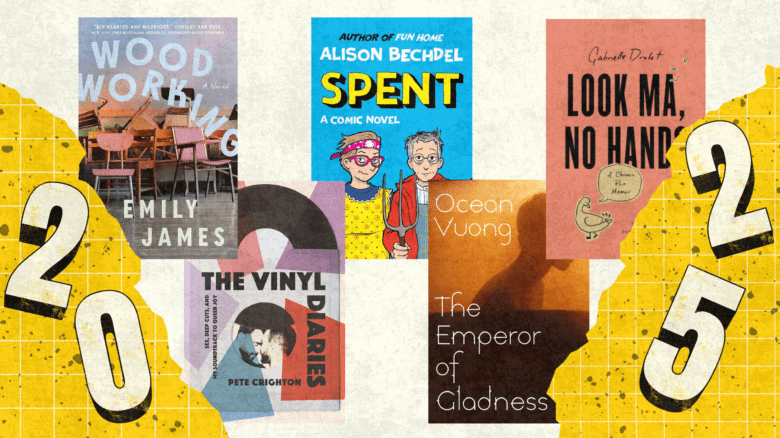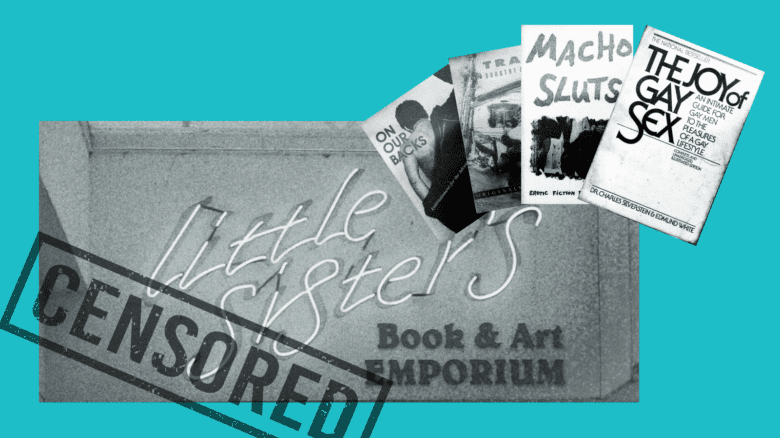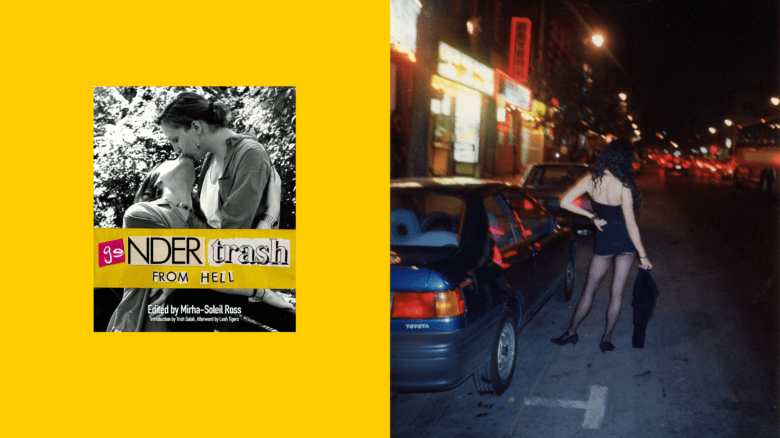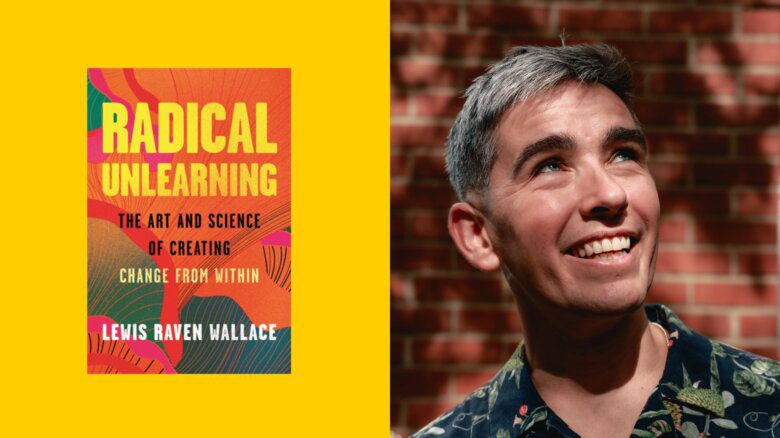The origins of Marcus McCann’s new book, Park Cruising: What Happens When We Wander Off the Path, out this week, emerged when McCann was managing editor of Xtra. Now an employment and human rights lawyer, as well as an author, McCann oversaw coverage of a 2016 police sting operation that targeted gay and bisexual men having sex in Marie Curtis Park, a large, out-of-the-way park on the border between the city of Toronto and the neighbouring city of Mississauga. The operation, known as Project Marie, sent undercover officers into known cruising areas looking for sexual activity, then arresting and charging men who allegedly solicited sex from the officers. By November 2016, 72 people had been charged with 89 offences in a six-week-long sting.
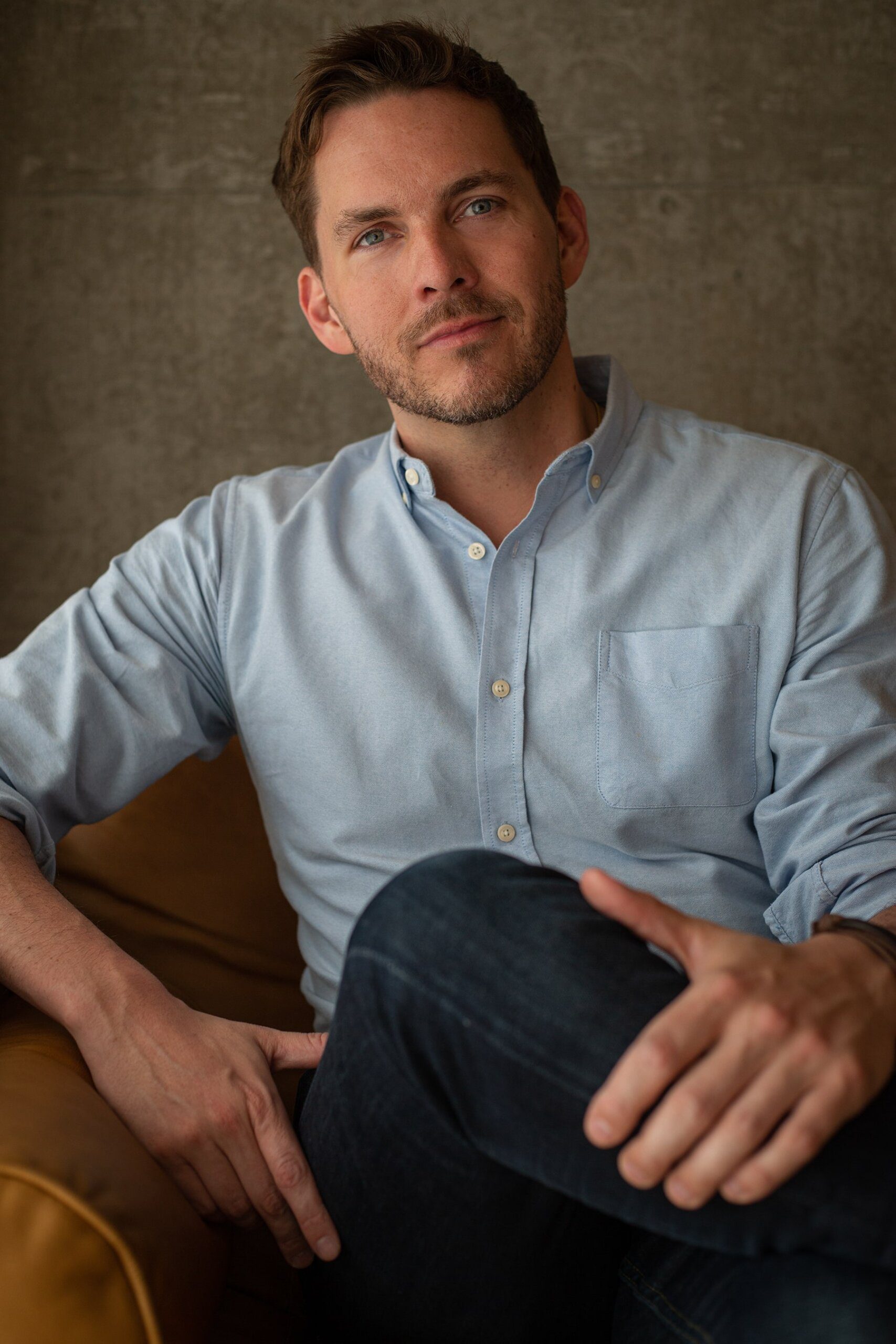
Credit: Jason Lee
Xtra’s coverage at the time was a series of hard-news stories that scrutinized police motivations and tactics about arrests that seemed unfair and based upon anti-sex hysteria. In the years since, McCann has thought more philosophically about public sex and the questions cruising culture raises “about consent, empathy, public health, municipal planning and our relationship to strangers,” according to the book’s publicity material.
Park Cruising weaves together personal experiences, sociological observation, legal analysis and queer history, citing examples of cruising grounds around the world. But what happened in Marie Curtis Park remains the key reference point throughout the book. In this excerpt, McCann discusses what characteristics made the park attractive to gay and bisexual men over the course of decades, and how those characteristics can be found in other cruising grounds.
Cruising in the woods at Marie Curtis Park had been going on for a long time before the police raids in 2016. The practice may have predated the site’s opening as an official municipal park in 1959. Toronto Police constable Kevin Ward, the officer at the centre of the 2016 raids, described cruising culture as “ingrained in the area for decades.” He told one news outlet, “There have been a lot of unacceptable occurrences going on down there for quite a long time.”
Historian Tom Hooper agrees that men have been cruising at Marie Curtis Park for a long time. In 1982, for example, two men were solicited in the park by plainclothes police officers, Bill Loos noted in The Body Politic at the time. These cases resulted in serious charges: one man was charged with public indecency and both were charged with indecent assault on a male. The provision of “indecent assault” was repealed shortly after the arrests, as part of Criminal Code amendments in 1983, but at the time it was a proto-version of what we now think of as sexual assault. The cruisers were charged with sexually assaulting the officers.
Both men were ultimately acquitted. In one case, Justice V.A. Lampkin found that in the circumstances it was reasonable for the accused to have believed he was engaged in a consensual cruising encounter and not assaulting anyone. The circumstances, in this case, included the behaviour of the officer, who appeared to be encouraging the defendant, and their location at Marie Curtis Park, which, according to the judge in 1982, was already “a known homosexual park.”
How did Marie Curtis Park become a “known homosexual park” between its founding in 1959 and Justice Lampkin’s comment in 1982?
The only truly necessary element for any cruising site is the proximity of strangers. In large cities, cruising circuits often develop around bus and train terminals, subway bathrooms, loading docks, piers, and markets. The connection between cruising and trade, travel, and inter-community contact manifested in Toronto for many years in the area around the Greyhound bus terminal between Bay and Elizabeth Streets, which the police nicknamed “the track,” before being displaced first to Yonge Street and then to Church.
John Preston, author of the pornographic novel Mr. Benson, reports that he began cruising at Boston’s Park Square in 1960. The square was the former site of the Boston and Providence Railroad terminus and was surrounded by hotels. By the time Preston got there, the train station was long closed, but the hotels remained. Preston would trick with “traveling salesmen from Connecticut” in not just their rented rooms but also the alleyways nearby. Ultimately, these hotels created a sexual economy. More than simply providing a place for sexual encounters, the hotels also provided a supply of strangers, men visiting the city, momentarily unattached and available for sex.
In this sense, Marie Curtis Park is ideally suited for cruising. This is not because it is near any public transit hubs— although it is walkable from the Long Branch GO Transit station— and not because of nearby hotels. Rather, Marie Curtis Park lies next to three of the province’s biggest highways: Highway 427, the Gardiner Expressway, and the Queen Elizabeth Way. Because of this accident of geography, the park is accessible to people on their way into and out of the city, including those who live in the exurbs and surrounding bedroom communities.
In this sense, Marie Curtis Park resembles a common cruising site in smaller towns and rural areas: the highway rest stop. It also explains the long tradition of car cruising at Marie Curtis Park. Although car cruising these days is often assisted by hookup apps, there is still a code by which drivers can park and repark their cars, open and close their doors, or turn on and off their lights to indicate interest or availability. At Marie Curtis Park, car cruising is still practised, especially in winter months.
The other reason Marie Curtis Park has remained popular for so long is that it is a good example of an “unruly site,” to use geographer Matthew Gandy’s term. Gandy describes the development of a cruising culture at Abney Park, a cemetery in the London borough of Hackney. The cemetery became increasingly unkempt as the owners ran out of money, abandoned the property, and eventually sold it to the municipality for one pound. According to Gandy, there is an “innate connection” between public space and sex. But the apparatus of control of public displays of sexuality is never complete, and it sometimes loses its grip. This can happen at unruly sites, which Gandy defines as places “that do not play a clearly defined role, or which are characterized by ill -defined use or ownership, or that have been appropriated for uses other than those for which they were originally intended.”
The ratty triangle of trees and bushes that became a cruising ground at Regatta Road near Cherry Beach is a good example of an unruly site. It is downwind of the dump, south of various industrial sites, difficult to get to, and seemingly immune from development. The men who use it take care of it. In 2021, a little laminated sign was posted on one of the trees to advise against disturbing it, because a fragile bird’s nest was high up in its branches; in 2022, someone hung quart-sized fruit baskets from the branches of another tree with condoms and gloves in them; and most years, volunteers distribute garbage bags for used condoms and coffee cups, to keep the trails tidy. But there is little sign of upkeep of the site from municipal authorities.
The New York City piers of the 1970s and 1980s are described in a similar way by Jonathan Weinberg, who credits “disuse and collapse” for creating circumstances in which a public sex culture was able to flourish. His book on the subject, Pier Groups, ends with a meditation on the city’s High Line, the elevated train line turned public park, which has provoked so much praise from urban planners. Weinberg calls it “linear, prescribed, and curated,” the antithesis of unruly spaces like the piers. “The waterfront,” he writes, “once a site of capitalist power, was at least for a brief time cracked open, overrun.”
To develop Marie Curtis Park, coordination and funding would have been needed across three departments: the City of Toronto parks department, the City of Mississauga parks department, and the Toronto and Region Conservation Authority, which owns the Arsenal Lands. That coordination and funding never came, so parts of the park remained largely undeveloped and underused, which, combined with the park’s location not far from major highways, helped keep it an ideal spot for cruising.
Even the fence with holes cut into it at the entrance to the Arsenal Lands—telling the uninitiated to keep away—fostered the ecosystem of the park. Not that the Arsenal Lands is the only place where cruising happens, but it’s remarkable that it’s been undeveloped for eighty years; it is not officially part of the park, but it is right there, hidden, overgrown, semi-private yet accessible.
Excerpted with permission from Park Cruising: What Happens When We Wander Off the Path by Marcus McCann. ©2023 Marcus McCann Published by House of Anansi Press www.houseofanansi.com
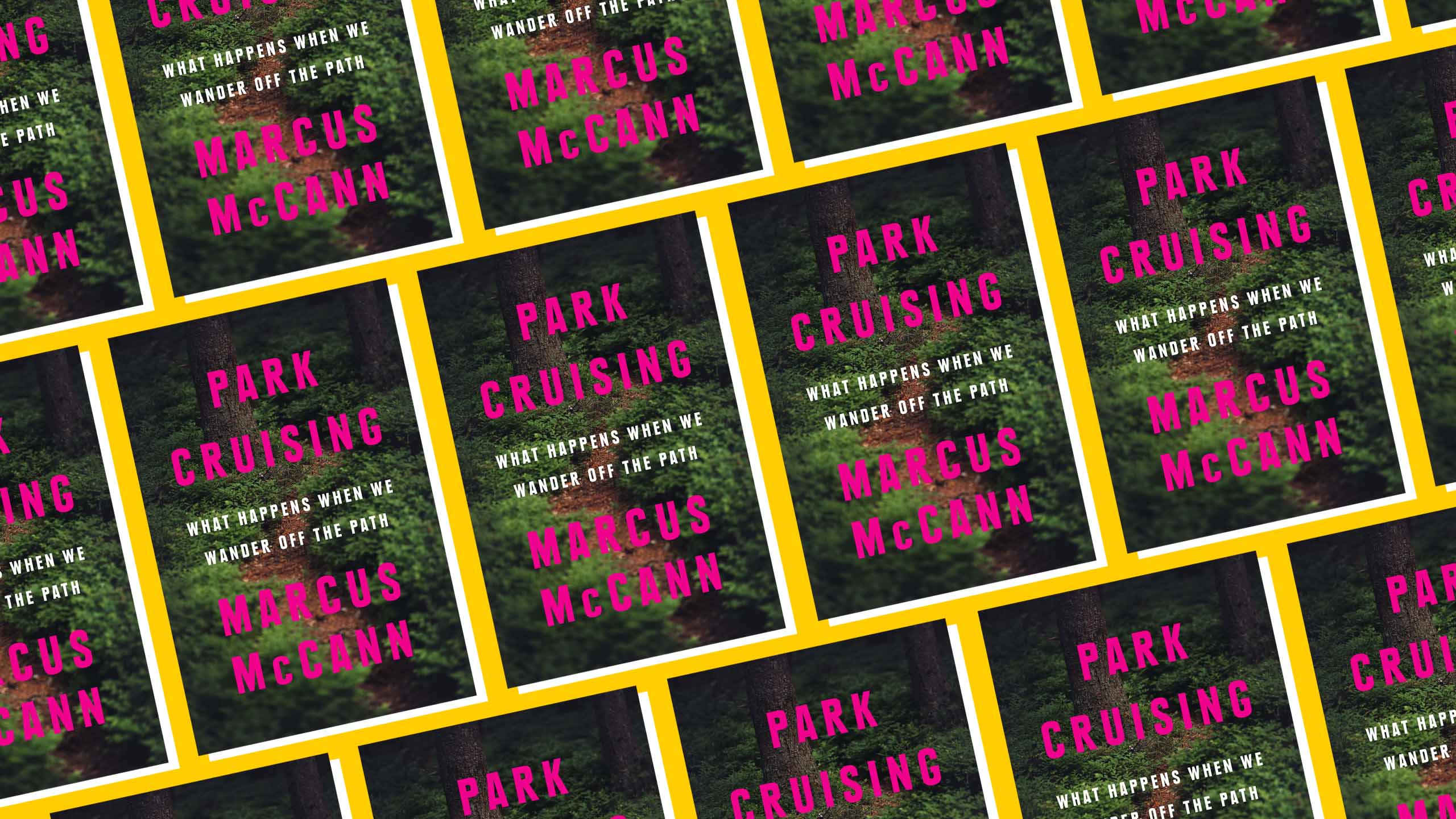

 Why you can trust Xtra
Why you can trust Xtra